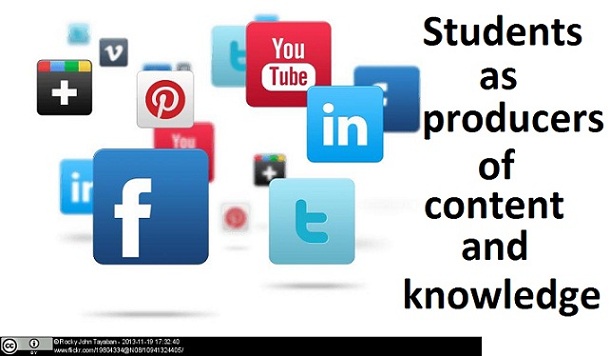
*Courtesy of Jamie Murray. [Original video].
Background
The “students as producers” concept stems from the wider debate on the purpose of the university and the negative critique of higher education as a dysfunctional entity, in which teaching and research work against each other. Students as producers tries to reconnect the two as Neary and Winn (2009) explain in this chapter and video.
Students as producers, then, does not simply improve student experience, but aims to shift paradigm and interrupt traditional roles of the lecturer and the student. As an extension it raises important points in the broader debate about the role of the modern university (Taylor and Wilding, 2009).
Ken Komoski in his paper talks about the major changes that occurred over the last couple of years, the change agents that triggered them and the impact it has on education.
Komoski, K. (2007) 21st century teachers and learners: Prosumers in a bi-literate knowledge-driven world. Association for the Advancement of Computing in Education. Society for Information Technology and Teacher Education 2007 Annual Conference, San Antonio, Texas.
Social Media
In “Confronting the Challenges of Participatory Culture” Jenkins proposes that the emergence of participatory culture causes a shift in the debate on digital divide from looking at it from the point of view of technological access to that of participation and discusses a number of new skills.
The emergence of social media tools and web 2.0 technologies challenges the notion of the teacher as the expert and the student as the novice and has the potential to transform higher education instruction to increase user-led knowledge and content production. This is facilitated by the growing popularity of the social media tools which are a catalyst for this transition. Helen Keegan gives an example of how Twitter can offer possibilities for students to share their ideas and create content in this video and also discusses the examples of how social media can blur the boundaries between education and industry in this video.
McLoughlin and Lee (2007) offer an investigation of web 2.0 affordances and discussion related to the pedagogical models that are emerging as a result of adoption of those tools.
Lee and McLoughlin (2007) point out important issues that the academic world faces, emerging as a result of technological but also societal changes. Have a read through their article entitled “Teaching and learning in the Web 2.0 era: Empowering students through learner – generated content”.
The challenges related to social media use in education on the one hand stem from uncertainties of openness of education but also, as Helen Keegan points out in this video, lack of readiness on the part of students for this type of learning.

Greenwich Connect attempts to add to the the existing understanding of the concept and position it in the broader discussion on openness as it is explained in this video. Below are examples of how staff at the University of Greenwich involve their students into content and knowledge production.
Web Design and Content Planning course
Students taking Masters in Web Design and Content planning are actively involved in knowledge creation during their course. As part of their course work they are required to keep a blog on which they comment on issues touched upon during the sessions, their project work is accessible to everyone, they also make use of their forum and Twitter to collaborate with others.
Links to the websites:
Current students and their blogs
Course forum
Twitter
Students respond very positively to the structure of the course:
“What we were taught on the MA, and the way we were taught it, was fantastic.”
“It is safe to say that the course is the most rewarding thing I have ever done. In one year, I have gained so much knowledge, an even brighter passion to work in the web industry and a job that I absolutely love.”
Psychology and Counselling
Psychology and Counselling students have their own YouTube Channel -PandCatUoG, on which they show the results of their video project. The most popular video had over 1000 views.
Click here for the full list of videos.
Design Futures
Students studying Animation and Graphics Design have an opportunity to publish their project work on YouTube. Design Futures have their own channel where student work is being showcased and is open to comments from the wider audience. Below are some of the examples of what students produced and the feedback from the viewers.
Performing Arts Glee Club

Students with a real passion for performing arts joined together to build up a group of singers, dancers, musicians, actors, writers, directors and busy people who enjoy putting on shows for friends, families, peers and the public. They put a number of shows every year and their work is also published on You Tube. Some examples of what they produced can be found below.
History Team
One of the major projects led by the History team, which encouraged students to help with the research was Memories of War project. Students were asked to act as researchers interviewing the participants about their World War II experience.
CMS Mentors projects
CMS mentors (in cooperation with the staff) created a series of how to videos for new students to guide them how to use basic portal features. The videos include instructions on how to login into the student portal, how to check a timetable, how to login to Moodle and the student Intranet and how to view grades.
They also created an app. The CMS Mentor app is for Computing & Mathematical Science students at the University of Greenwich. The mentor program is designed to help new students acclimatise into the program, and the app is a mobile tool to assist both mentors and new students with this. So far the App has 87 iOS users and 52 Android users, 139 users in total.

Greenwich Connect Seed Fund Projects
A series of Greenwich Connect Seed Fund projects engaged students as producers of content and knowledge. Below is a list of those projects, for more information click on the title and you will be redirected to the project site.
Podcasting project – Year 2 History students produced podcasts for their Year 1 peers explaining assessment criteria.
Video diary project – First year history students used video cameras to record their first impressions of university life.
How do you engage your students into knowledge production? Add your ideas on our forum.

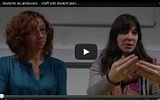
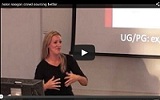

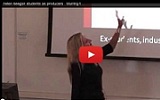






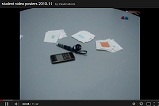
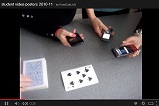
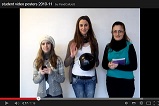







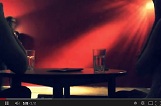
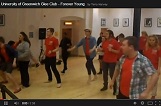



Pingback: Digital Identity | Greenwich ConnectGreenwich Connect